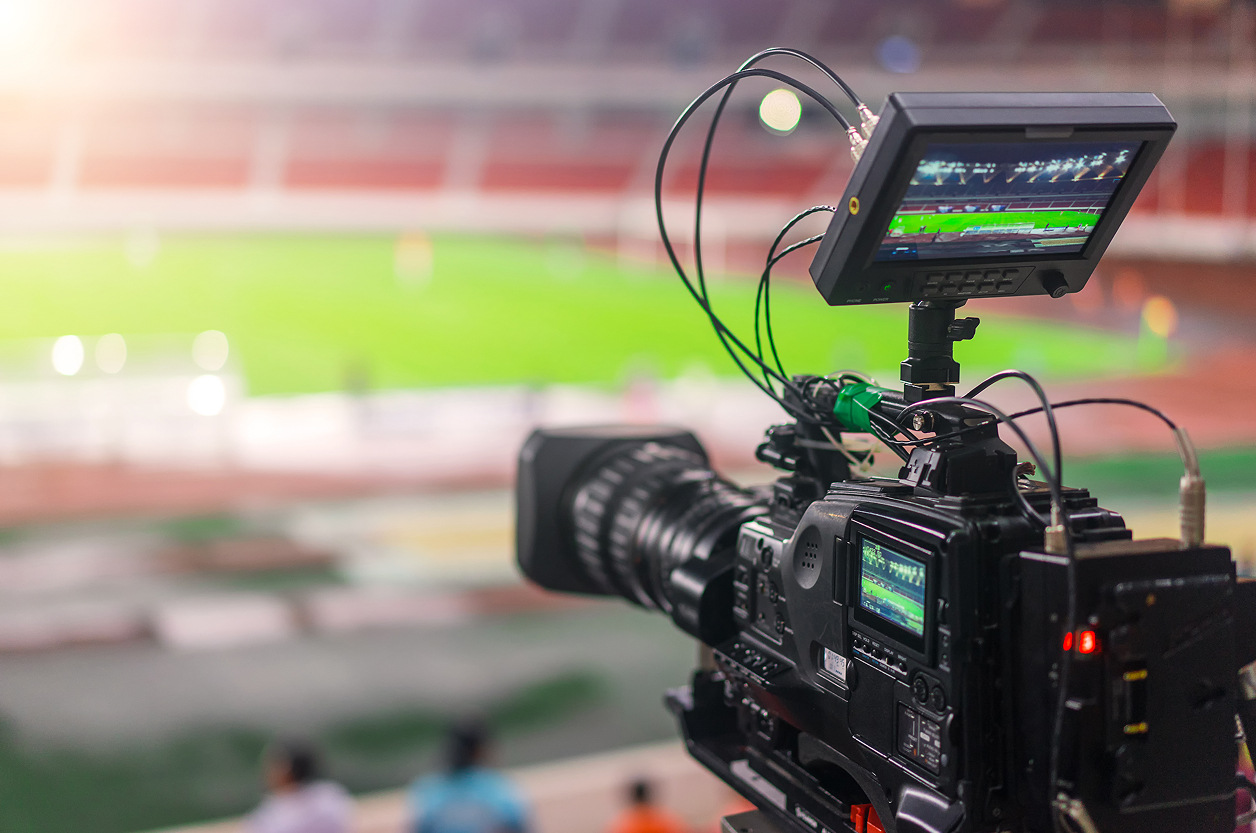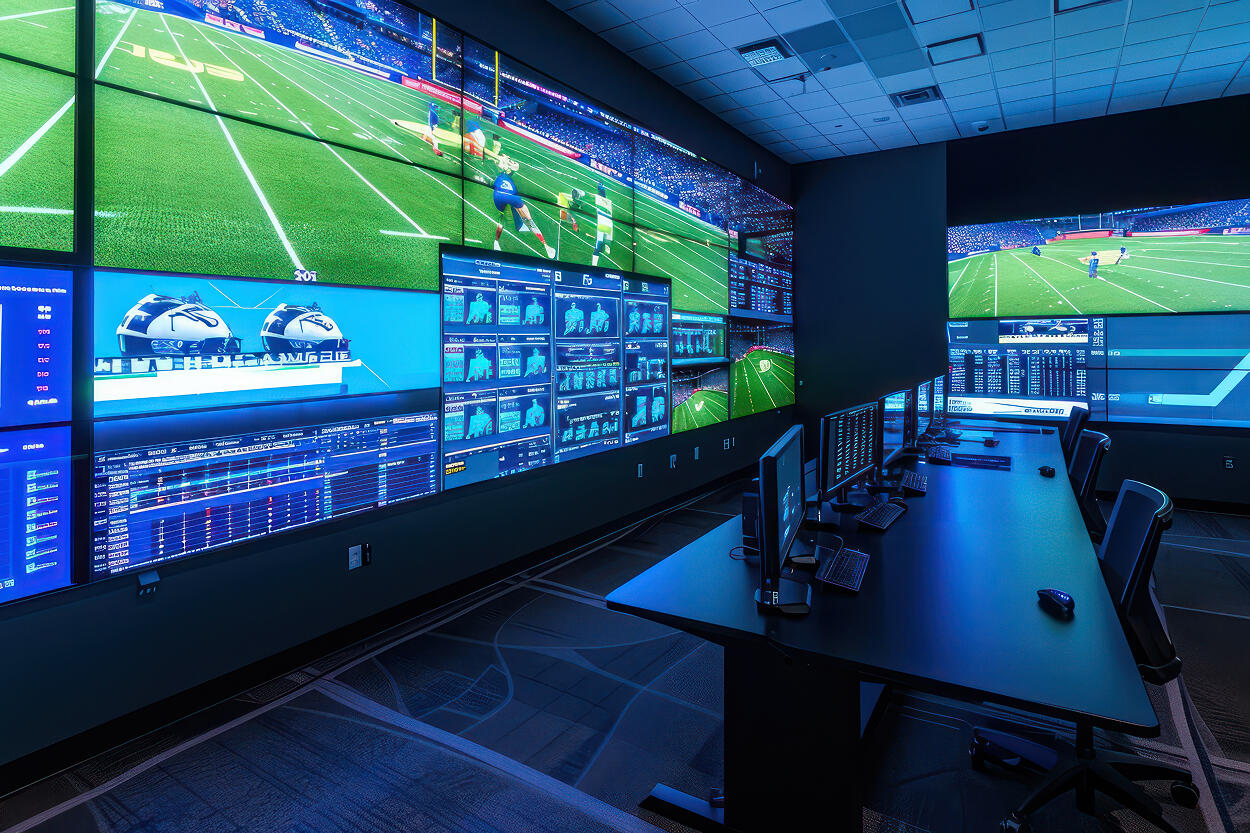Immersive Sports Broadcasting: How Volumetric Video Changes Live Production

Sports broadcasting has always been a testing ground for new technology. From the first slow-motion replays to 4K HDR streaming, fans expect innovation with every big tournament. In 2025, volumetric video is the next big leap — one that transforms how live sports are produced, distributed, and consumed. Unlike traditional video, which captures flat images from a single angle, volumetric systems record the entire three-dimensional space, enabling viewers to watch from any perspective, pause the game, or even insert themselves virtually into the field of play.
This is not science fiction anymore. Major leagues and broadcasters are investing in volumetric capture systems with dozens, even hundreds, of cameras arranged around stadiums. These rigs feed advanced real-time rendering engines that reconstruct the full 3D environment. The result: a game experience that’s not limited to what the director chooses, but one where viewers become their own camera operators.
Why volumetric video matters for live sports
Live sports thrive on emotion and immersion. Traditional broadcast offers multiple camera angles, slow-motion replays, and commentary, but the fan is still a passive observer. Volumetric broadcasting changes the relationship:
- Fans take control of perspective, replaying plays from any angle.
- AR and VR devices turn living rooms into stadium seats or courtside views.
- Data overlays — player stats, heat maps, tactical diagrams — can be inserted seamlessly into the 3D feed.
For rights holders and broadcasters, volumetric technology is not just about wow factor. It creates new revenue opportunities through interactive streaming subscriptions, immersive advertising, and fan personalization. In competitive markets, it could be the differentiator that keeps audiences from drifting to unofficial streams or highlight clips on social media.
How volumetric broadcasting works in practice
Capture
Stadiums are equipped with volumetric rigs: arrays of synchronized cameras, often 50–200 units, covering every angle. Some experiments use depth sensors or lidar to improve accuracy. These capture the entire 3D scene in high resolution.
Processing
Captured data is enormous — hundreds of gigabits per second. Dedicated edge servers in the stadium run real-time reconstruction algorithms, converting camera feeds into a single volumetric model of the field. Specialized GPUs and FPGAs handle the heavy lifting to ensure near-instant rendering.
Delivery
The volumetric stream is encoded and distributed like traditional video but optimized for interactivity. Users can manipulate angles on mobile devices, VR headsets, or smart TVs. Adaptive streaming ensures smooth experiences even under variable bandwidth.
Experience
Fans can:
- Rotate around a critical play to see fouls or tactics.
- Switch between "broadcast mode" and "first-person mode."
- Insert AR graphics like a “ghost runner” showing alternate outcomes.
- Relive key moments as 3D highlights shared on social media.
Real-world examples in 2025
- NBA and volumetric trials: The NBA has been experimenting with volumetric capture for replays, letting fans watch dunks from under the basket or view blocks from the defender’s line of sight.
- European football leagues: Broadcasters in Germany and Spain are piloting full volumetric coverage for selected matches, targeting fan apps that allow interactive viewing.
- Olympic planning: With Paris 2024 setting the stage, volumetric video trials paved the way for adoption in Los Angeles 2028, where immersive viewing may become a standard feature.
Outside sports, volumetric broadcasting has been tested in concerts and esports, but sports remain the largest and most natural market.
The infrastructure challenge
Volumetric broadcasting requires significant upgrades to existing production workflows:
- Camera infrastructure: Stadiums must accommodate dense arrays, often requiring new mounts, cabling, and calibration systems.
- Processing power: Real-time 3D reconstruction is computationally intense, pushing the limits of edge servers and FPGA-based accelerators.
- Bandwidth: Even compressed, volumetric streams can be multiple times larger than 4K video. CDNs and ISPs must optimize delivery.
- Standards and formats: With no universal format yet, broadcasters risk fragmentation and compatibility issues.
Despite the challenges, early adopters are betting that the payoff — fan loyalty, differentiated products, and new monetization models — outweighs the costs.

Fan engagement and business opportunities
Volumetric video allows new layers of engagement:
- Immersive ads: Brands can insert 3D holographic ads visible from any angle.
- Custom replays: Fans can request highlights from their perspective, generating personalized video clips.
- Social sharing: Clips become interactive 3D moments, not just static videos, spreading virally.
- Subscription tiers: Broadcasters can offer premium “volumetric passes” to fans with AR/VR gear.
For broadcasters under pressure from declining linear TV revenues, these features provide a much-needed innovation path.
Embedded design and real-time systems
The role of embedded systems in volumetric broadcasting is critical. From FPGA acceleration in edge servers to low-latency codecs on smart devices, the technology stack must be tuned for real time:
- FPGAs/ASICs process 3D reconstruction at scale.
- Custom codecs ensure volumetric streams run smoothly over consumer internet.
- Edge AI predicts player motion to reduce processing load and correct artifacts.
- HMI/UX design makes navigation intuitive, so fans can switch views with gestures or voice commands.
Without these optimizations, volumetric broadcasting risks being too heavy for mainstream adoption.
Looking ahead: the next decade of immersive sports
Volumetric video is still in its early stages, but by 2030 it could become the default way sports are produced and watched. Experts predict:
- Short term (2025–2026): Niche adoption in top leagues and showcase events.
- Mid term (2027–2028): Standardized formats, more affordable stadium installations, growing consumer device support.
- Long term (2030+): Fully interactive, holographic sports viewing at home — fans walking around a virtual pitch or sitting “virtually courtside.”
As immersive broadcasting grows, the line between being a spectator and being present in the game will blur.
Featured case: High-speed multi-camera capture for live events
Immersive workflows depend on rock-solid ingest, low-latency transport, and fast storage — especially when multiple cameras run at high frame rates. Explore our OpenGear-based multi-camera capture system used in high-speed broadcasting workflows to see how we processed 8× 4K120 SDI streams, converted SDI-to-IP (ST 2110), and buffered footage to an SSD-backed NAS for reliable monitoring and post-event analysis.
AI Overview: Immersive Sports Broadcasting
Immersive Sports Broadcasting — Overview (2025)
Volumetric video transforms live sports by capturing the full 3D field of play, letting fans view any angle, replay moments interactively, and engage with AR/VR overlays. Unlike traditional broadcasts, it shifts control from directors to audiences, creating deeply personalized experiences.
Key Applications:
Basketball dunks viewed from under the rim, football tactics analyzed from any angle, personalized AR highlights, immersive Olympic coverage.
Benefits:
Stronger fan engagement, new revenue streams through premium subscriptions, holographic advertising, and social sharing of 3D moments.
Challenges:
High infrastructure costs, massive processing needs, bandwidth constraints, lack of standardization, and UX complexity for casual viewers.
Outlook:
Short term: pilots in elite leagues and global events.
Mid term: standardized volumetric formats and mainstream adoption.
Long term: holographic sports in homes, merging physical and digital fan experiences.
Related Terms: volumetric video, immersive broadcasting, 3D capture, AR/VR sports, fan engagement, holographic replays, broadcast innovation.
Our Case Studies
